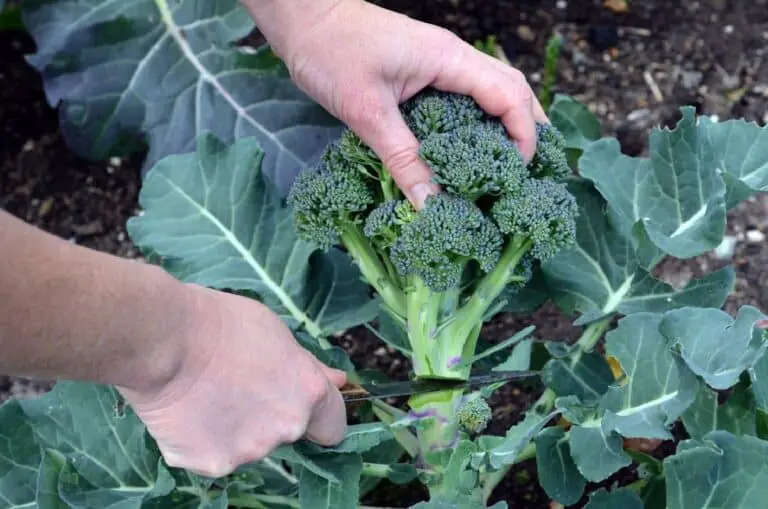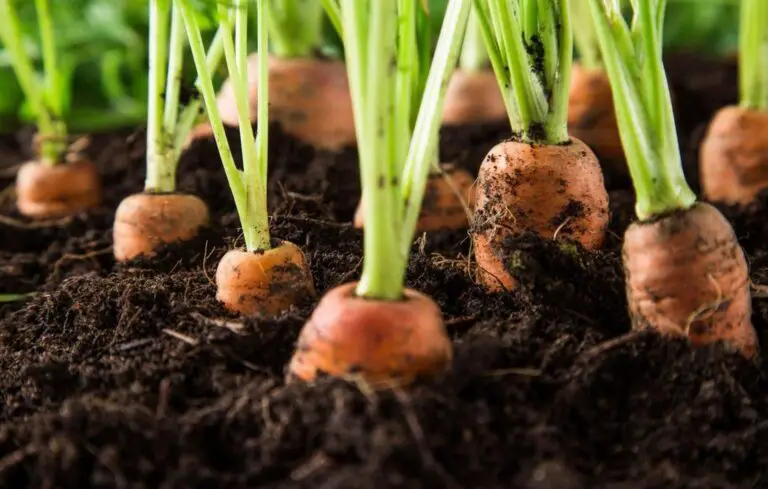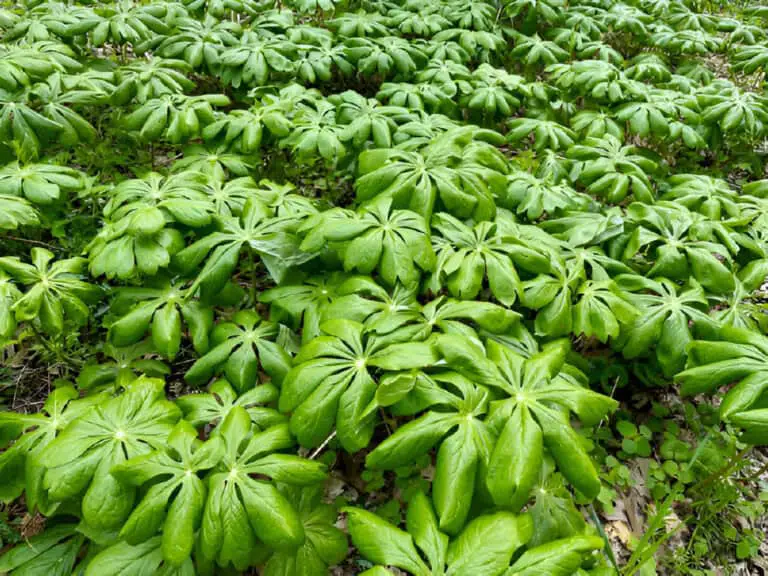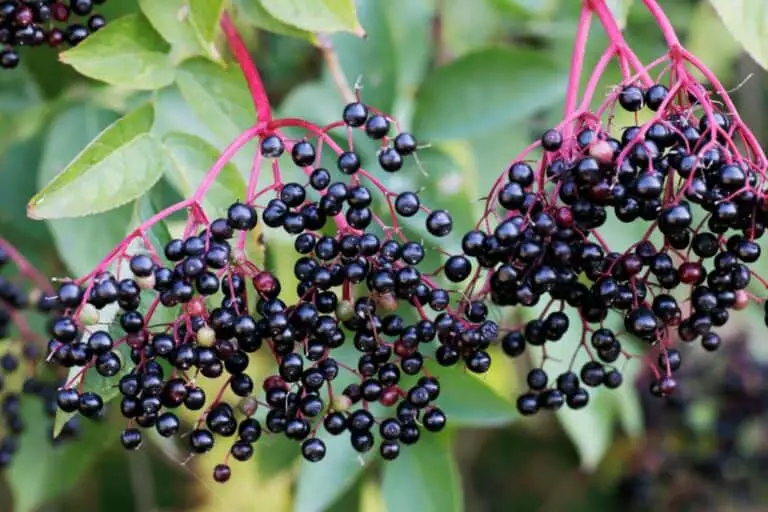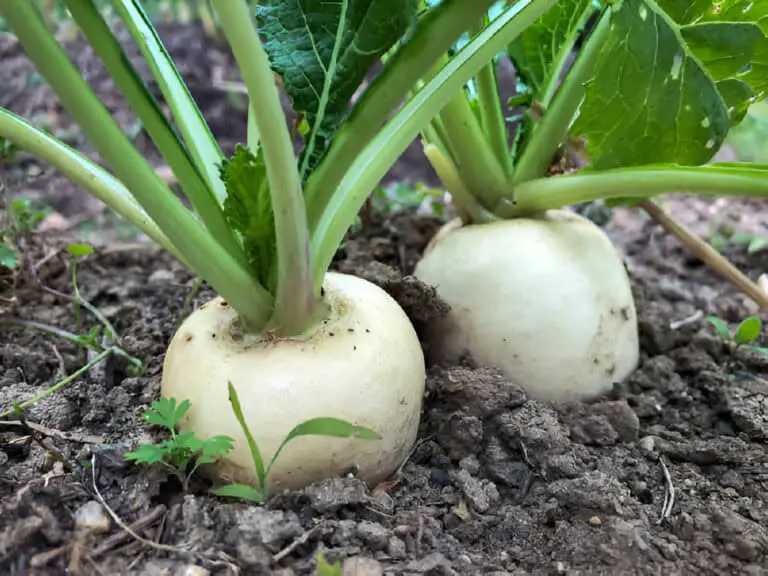Are There Male and Female Elderberry Plants?

Elderberries are tiny, antioxidant-packed powerhouses. They have long held a place in traditional medicine and culinary creations. Yet, their berries are bountiful. Elderberry plants have a fascinating aspect that often escapes notice: their gender diversity.
The question echoed in my curious mind: Are there male and female elderberry plants? I looked deeper into the world of green botanical wonders because I was interested. I was seeking to unravel the mysteries concealed beneath the leaves and blossoms. On this leafy journey, I discovered that elderberries hold secrets. They are more than their succulent clusters.
Join me. We will find our way through the maze of horticultural details. We will explore the core of elderberry plants and their gendered tales. Brace yourself for a journey into the heart of the garden. There, the drama of male and female elderberries unfolds, revealing nature’s delicate dance in the midst of leaves and blooms.
Are There Male and Female Elderberry Plants?
Elderberry plants are monoecious, meaning they have both male and female reproductive parts in the same plant. The flowers of the American Elderberry, for example, are hermaphroditic. They contain both male and female reproductive parts. They are insect-pollinated, attracting bees and butterflies.
Similarly, the New Mexican elderberry is also a monoecious plant, with both male and female parts present in the flowers. This characteristic makes elderberry plants at least semi-self fertile. But, it’s best to plant more than one variety to ensure good pollination.
The Botanical Spectrum: Male vs. Female Elderberry Plants
To understand elderberry gender, recognize the differences that set male and female plants apart. While both contribute to the cycle of life, they play distinct roles in the reproductive dance of nature.
Characteristics of Male Elderberry Plants
Male elderberry plants boast unique traits that distinguish them from their female counterparts. Here’s a snapshot:
| Characteristics | Description |
| Floral Presence | Display striking clusters of fragrant, cream-colored flowers. |
| Berry-Less Wonders | Not known for bearing the iconic elderberries. |
| Pollen Powerhouses | Produce pollen necessary for fertilizing female flowers. |
| Graceful Appearance | Tend to have a more slender and upright growth pattern. |
Traits that Define Female Elderberry Plants
On the flip side, female elderberry plants have their own set of defining characteristics:
| Characteristics | Description |
| Fruitful Endeavors | Develop the familiar elderberries after successful pollination. |
| Blooming Beauties | Showcase smaller, creamy-white flowers in umbrella-like clusters. |
| Seed Setters | Responsible for seed formation within the elderberry fruit. |
| Bushy Brilliance | Tend to exhibit a fuller and more rounded growth habit. |
The Pollination Tango: Bringing Life to Elderberry Plants
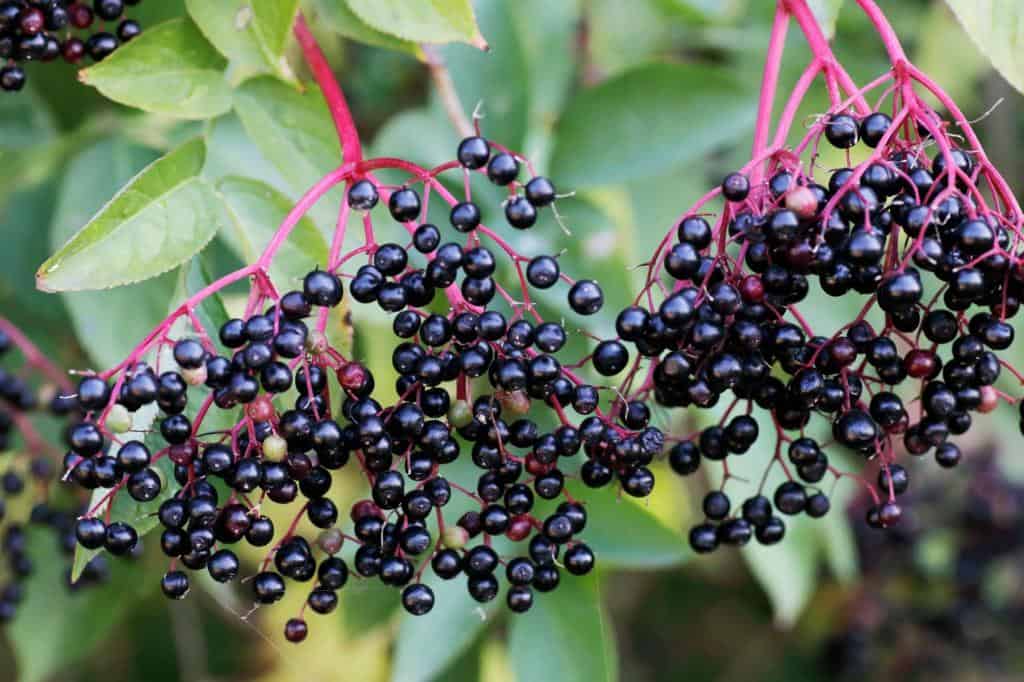
One of the key aspects of the male-female elderberry dynamic is the dance of pollination. Unlike some plant species that rely on wind or insects for pollination, elderberries engage in a more intimate exchange.
How Pollination in Elderberry Plants Happens
- The Male’s Gift: Male elderberry plants produce pollen, a powdery substance crucial for fertilization.
- Nature’s Matchmaker: Insects, especially bees, play a vital role in transferring pollen from male to female flowers.
- Fertilization in Action: Once pollination occurs, the female flowers begin the process of fruit development in Elderberry bushes.
The Fruits of Successful Pollination
The culmination of this pollination tango is the emergence of the beloved elderberries. The berries are bursting with flavor and health benefits. They are small and dark. They testify to the intricate teamwork between male and female elderberry plants.
Can Elderberry Plants Change Their Gender Based on Environmental Conditions?
Factors like temperature and soil quality can sway the growth and health of elderberry plants. However, their gender remains rooted in genetics. It’s like a unique DNA signature that dictates whether an elderberry plant is male or female. This is a predetermined aspect that is resistant to outside influences.
Consider it as a genetic code that guides the plant’s growth and decides what kind of plant it is. Environmental conditions might influence the way these plants thrive, affecting their overall well-being. However, they don’t have the power to change the plants’ gender.
Elderberries either enjoy the sun or get ready for a cold night. Its genes remain the steadfast guide, shaping its journey through the leaves and blooms.
Practical Implications for Gardeners and Enthusiasts
For those looking to cultivate elderberries, understanding gender dynamics becomes essential. Here are some practical tips:
- Pairing for Success: To ensure a fruitful harvest, consider planting both male and female elderberry plants in close proximity.
- Optimal Placement: Be mindful of the wind direction to facilitate natural pollination, or consider introducing pollinators like bees to your garden.
- Cultivating a Haven: Provide a conducive environment for your elderberry plants to thrive with well-drained soil and adequate sunlight.
Conclusion: Appreciating Nature’s Harmony
In conclusion, male and female elderberry plants add complexity and beauty. They add these to already remarkable botanical wonders. They also exemplify the intricate dance of nature. Every element, from flower to fruit, plays a crucial role in the symphony of life.
So, the next time you taste the sweetness of elderberries in a jam or tea, take a moment to appreciate the harmony of male and female elderberry plants. They brought those delightful berries to fruition. Nature’s secrets, once unveiled, enrich our understanding and deepen our connection with the world around us.
FAQs
Are elderberry plants unisexual?
Yes, elderberry plants are usually dioecious. This means they have separate male and female plants. This gender division is key for reproduction. Male plants make pollen. Female plants make berries after pollination.
How can I identify the gender of an elderberry plant?
Male elderberry plants often have larger, more clear flowers. Female plants produce smaller flowers. These flowers become berries. Observing these visual cues during the flowering season helps in distinguishing between the genders.
Do I need both male and female elderberry plants for fruit production?
Yes, for optimal fruit production, it’s advisable to have both male and female elderberry plants in close proximity. Pollination occurs through wind or insects, transferring pollen from male to female flowers, leading to the formation of berries on female plants.
Are there any varieties of elderberry that are self-pollinating?
Some elderberry varieties, like ‘Adams’ and ‘Johns,’ are partially self-pollinating, meaning they may produce some fruit without a nearby male plant. However, having both male and female plants still enhances overall fruit yield and quality.
How does elderberry plant reproduction occur, considering the gender differences?
Elderberry plant reproduction involves pollination. Male plants release pollen, which is transferred to female plants. After successful pollination, female plants develop berries as part of the reproductive process.
Are there specific varieties of elderberry that are known for efficient pollination?
Some elderberry varieties, like ‘York’ and ‘Nova,’ are known for their effective pollination. It ensures a strong reproductive process. Understanding the characteristics of these varieties can contribute to successful elderberry cultivation.
How can I encourage elderberry pollination in my garden?
To enhance elderberry pollination, ensure you have a mix of male and female plants in close proximity. Bees and other pollinators are crucial. So, to help pollination, keep a pollinator-friendly environment. Also, avoid pesticides during the flowering season.


